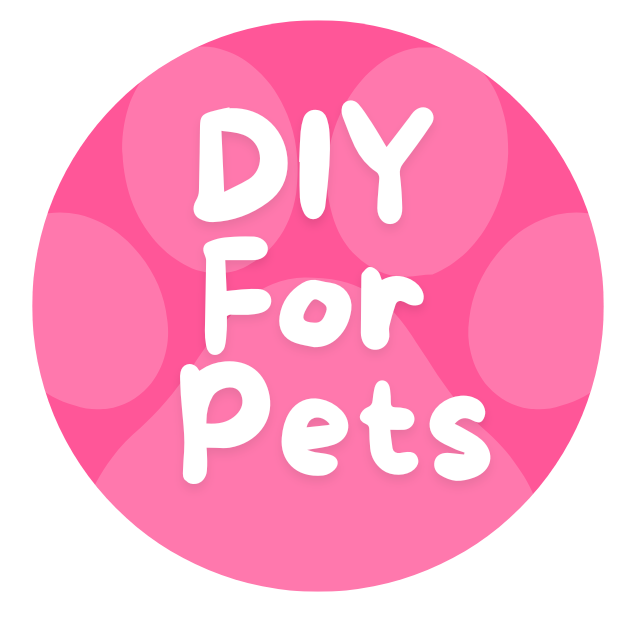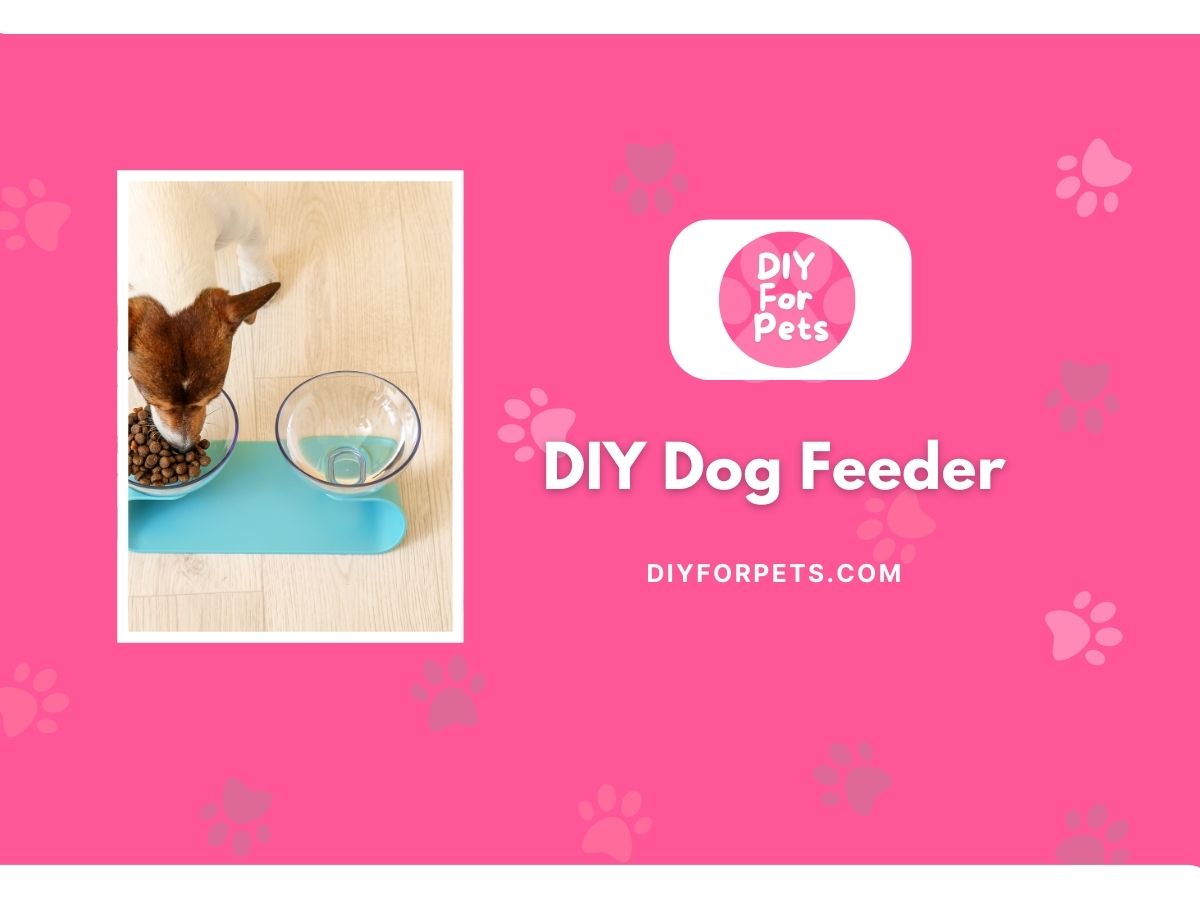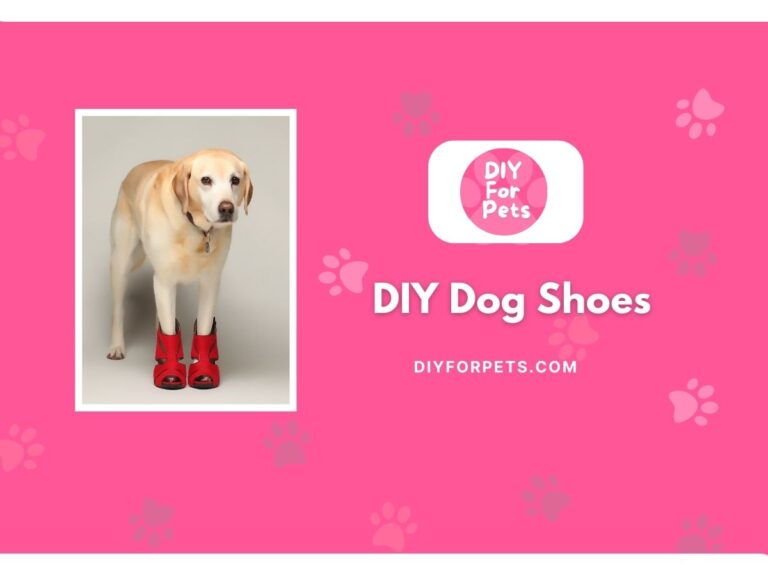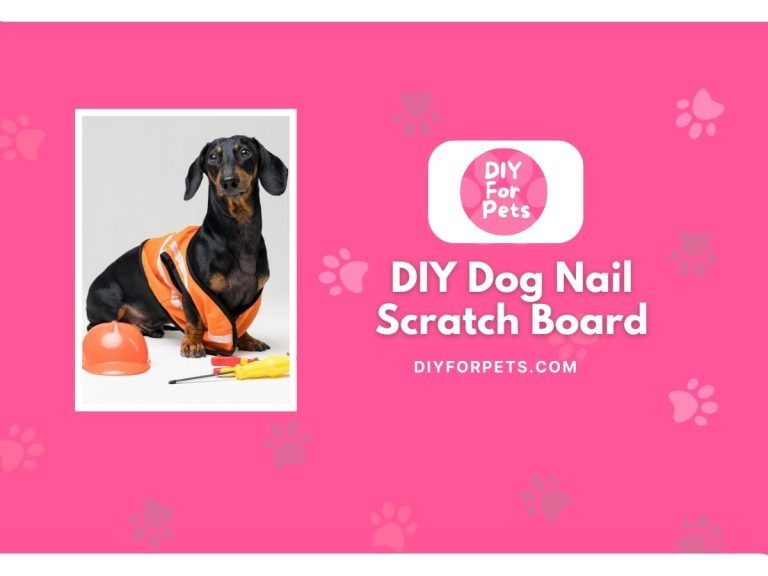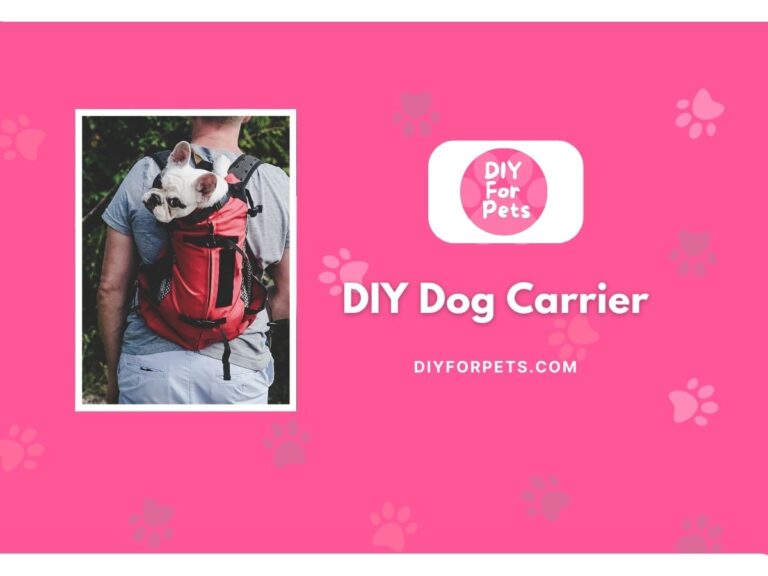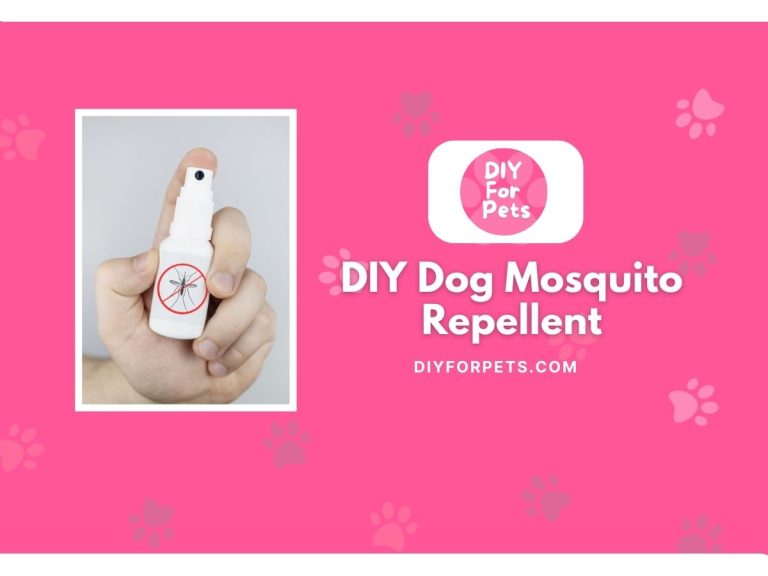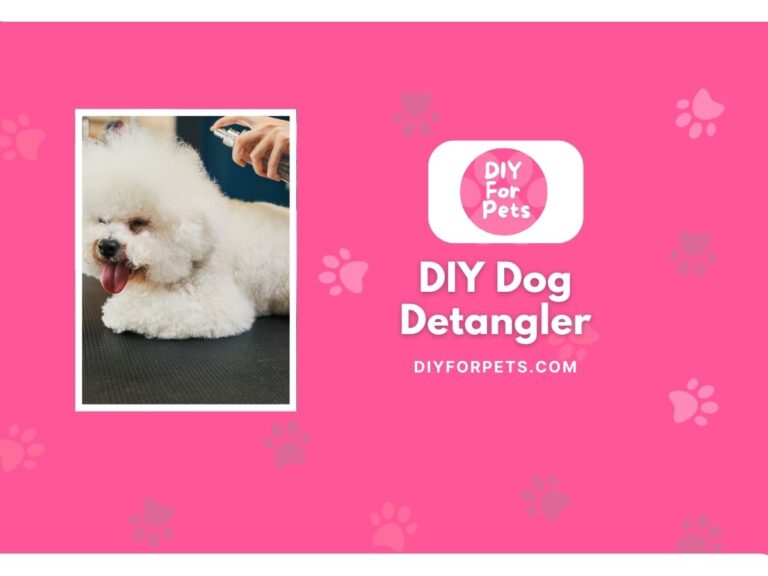11 DIY Dog Feeder (Fun Projects for Dog Lovers)
As someone who adores pets and has a full house with dogs, cats, and even rabbits, I love getting creative with projects that make their lives better. One of my favorite DIY endeavors has been building my own dog feeders. Not only is it a fun project, but it also allows me to create something customized for my dog’s needs, whether that means making it height-appropriate, adding a slow-feeding element, or simply keeping things stylish!
Plus, when you create something yourself, you can ensure it’s budget-friendly, functional, and perfectly suited to your pet. If you’re excited to try your hand at making a DIY dog feeder, follow along as I walk you through easy, creative, and fun ideas that will keep your furry friend well-fed in style.
DIY Dog Feeder: Step by Step
Materials Needed
Before we dive into the DIY dog feeder ideas, let’s start by gathering some basic materials. Depending on which feeder idea you choose, you may need some or all of these items, most of which are affordable and easy to find:
- Wooden boards or crates: $5–$10
- Plastic or stainless steel bowls: $2–$5 each
- PVC pipes or plastic bottles: $3–$7
- Paint or stain (optional for style): $3–$5
- Screws, nails, or strong adhesive: $2–$5
- Measuring tape, scissors, and drill: Already have these!
Most of these materials can be found around your home or purchased for under $10, making this project budget-friendly. Now, let’s get into some creative ideas!
Phase 1: Measuring and Prepping Materials
Before starting any feeder project, make sure to measure your dog’s height. You want to create a feeder that’s comfortable for your dog to eat from, especially if you have a large or senior dog. A raised feeder can help prevent neck and back strain. For smaller dogs, a standard ground-level feeder might work best.
Phase 2: Building the Feeder
Depending on the feeder design, you may need to cut wood or PVC pipes, assemble pieces together, or drill holes for the bowls. Follow each step of the specific design you choose, ensuring all materials are safe and sturdy. Once assembled, you can personalize it by painting or staining the feeder to match your home’s decor or add a little flair for your dog!
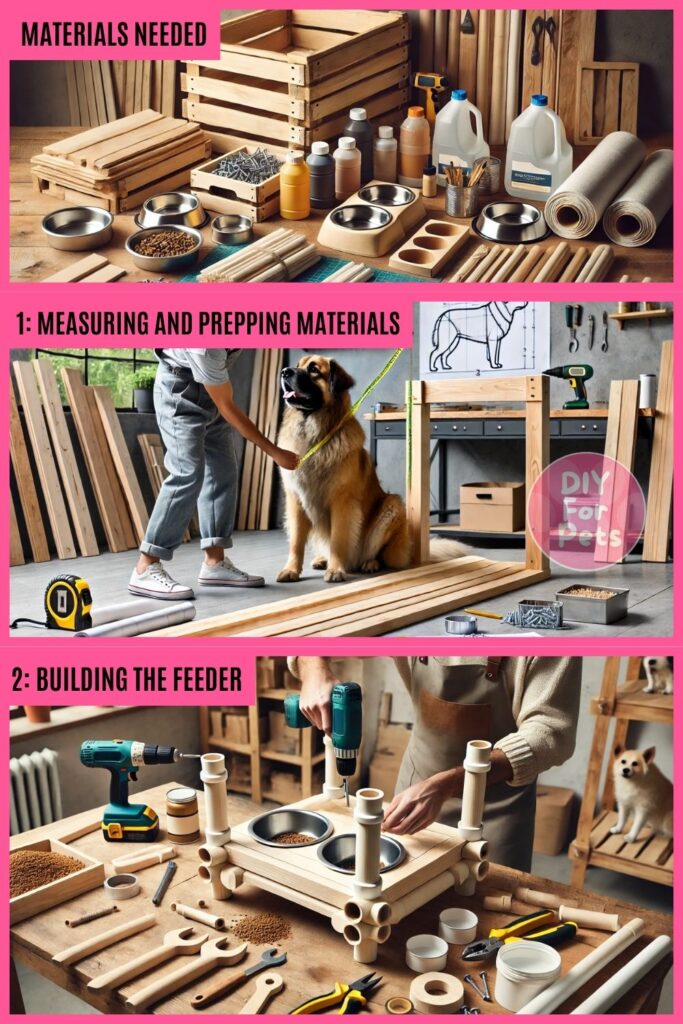
10 Easy DIY Dog Feeder Ideas
Now that we’ve covered the basics, here are 10 easy, fun, and budget-friendly DIY dog feeder ideas that you can make at home. Each one is tailored to different needs and preferences, so there’s something for every dog (and every pet parent!).
1. Simple Elevated Wooden Feeder
This is one of the easiest feeders to make, and it’s perfect for larger dogs who need an elevated eating surface. Start by cutting two wooden boards to create a base and a top. Cut two holes in the top board, slightly smaller than your dog’s food and water bowls. Attach the top to the base with screws or nails, ensuring it’s sturdy. Place the bowls in the holes, and you’re done!
This feeder is great because it lifts the bowls to a comfortable height, reducing strain on your dog’s neck and back. The cost is around $10–$15 if you need to buy the wood, but you might be able to repurpose old boards or crates to keep the cost even lower.

2. PVC Pipe Slow Feeder
For dogs who tend to eat too quickly, a slow feeder can help regulate their pace and prevent issues like bloating. To create this feeder, cut several short sections of PVC pipe and glue them vertically inside a shallow plastic tray. Place your dog’s kibble in between the pipes so they have to work to get the food out.
This feeder slows down eating while providing a bit of mental stimulation. It’s a simple and effective design, and the cost is around $5–$7 for the PVC pipe, depending on the size of the feeder.
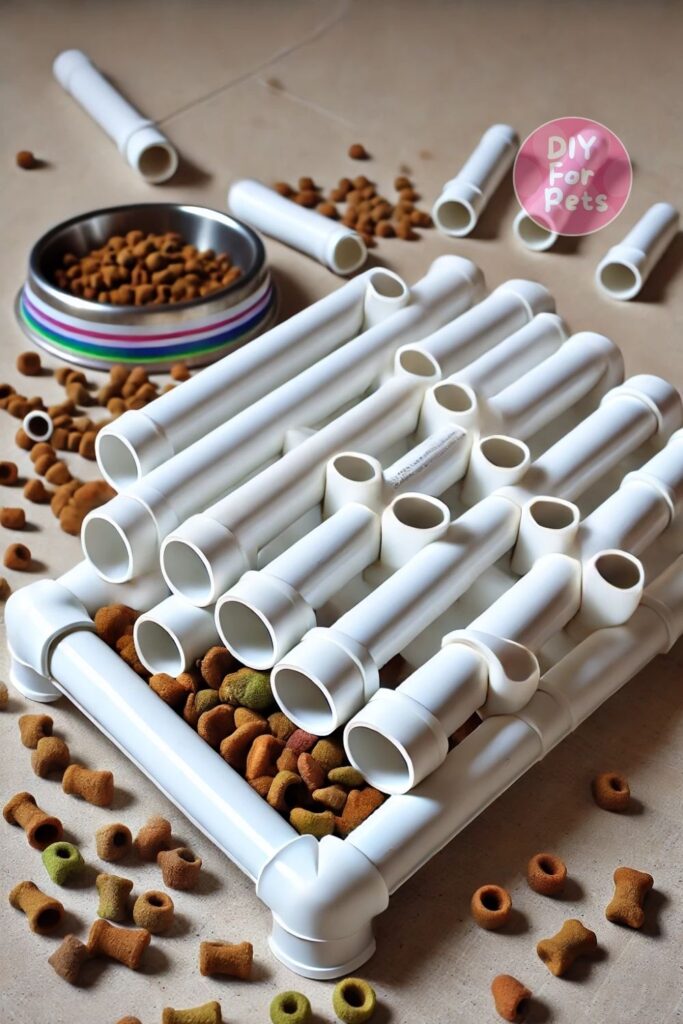
3. Rustic Crate Feeder
If you love a rustic or farmhouse style, a crate feeder is perfect for you. Start with a wooden crate (you can buy one or repurpose an old one). Cut two holes in the top of the crate for your dog’s bowls and place them inside. You can paint or stain the crate to match your decor or leave it natural for a rustic look.
This feeder elevates the bowls and also provides storage underneath for dog food or toys. It’s stylish, functional, and costs around $10–$15, depending on whether you already have a crate on hand.
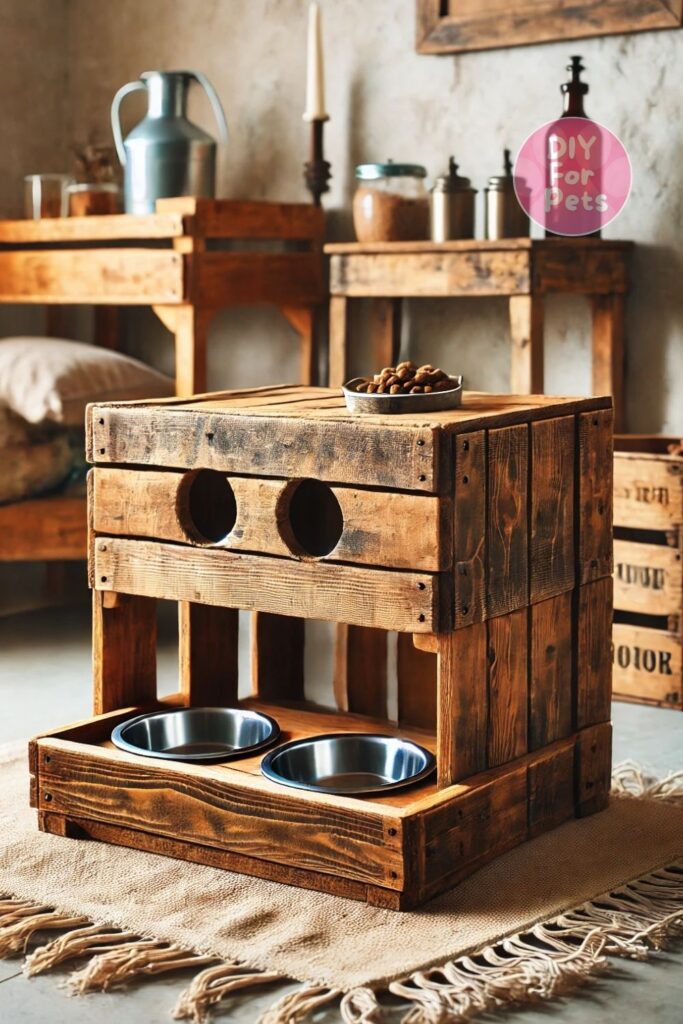
4. Upcycled Bottle Gravity Feeder
For a low-cost option that also provides automatic feeding, try making a gravity feeder out of an old plastic bottle. Cut the bottom of the bottle off and place it upside down in a bowl holder or small box. The kibble will flow from the bottle into the bowl as your dog eats, refilling automatically.
This feeder is perfect for busy pet parents who want to ensure their dog has access to food throughout the day. The cost is next to nothing if you’re using an upcycled bottle, and the feeder is easy to assemble.
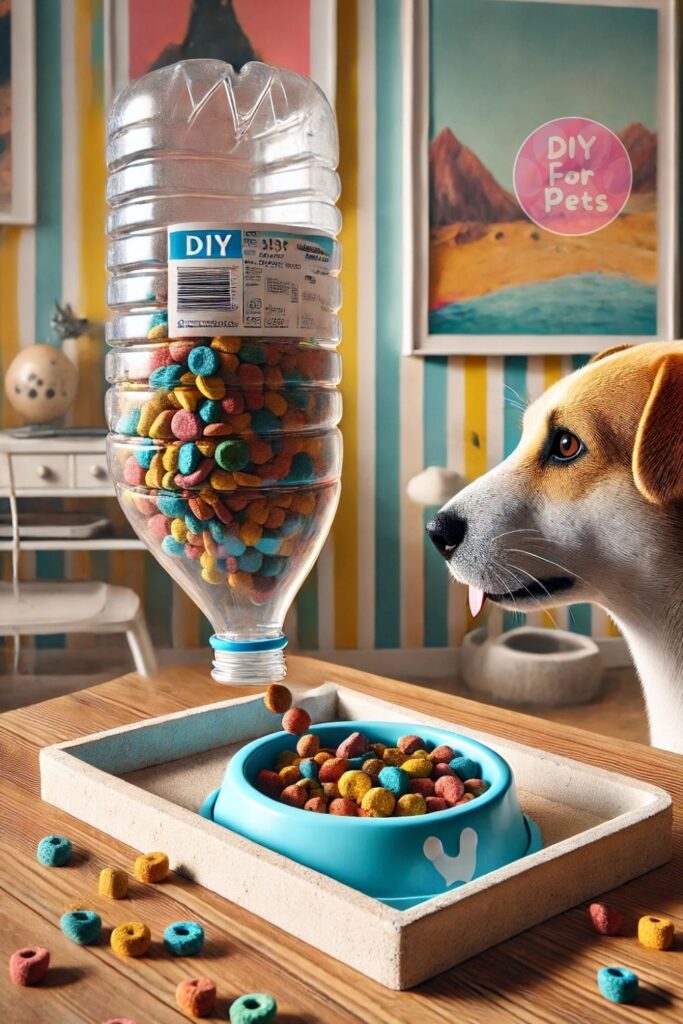
5. Wall-Mounted Feeder
If you’re tight on space, a wall-mounted feeder is a great solution. Start by mounting a wooden or plastic panel on the wall at the right height for your dog. Cut two holes in the panel for the food and water bowls, and secure the panel with screws. Place the bowls in the cutouts, and you’ve got a sleek, space-saving feeder.
This design is great for keeping the feeding area tidy and off the floor, and it’s particularly useful for small spaces. The cost is around $10–$15 for the materials.
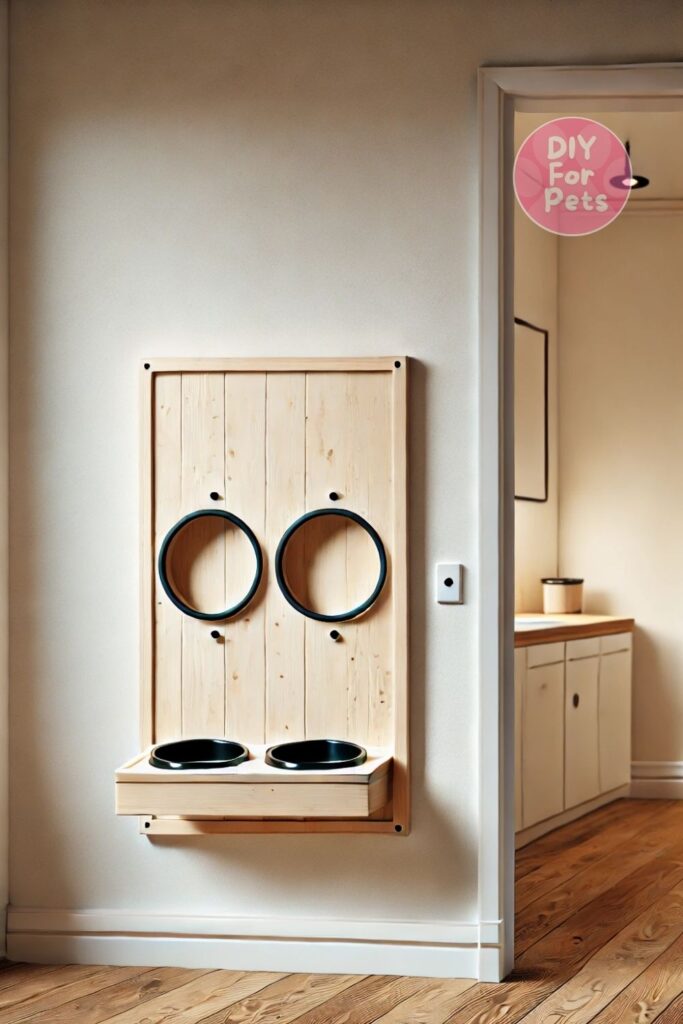
6. Bungee Cord Slow Feeder
For an interactive slow-feeding option, try using a bungee cord! Attach a bungee cord vertically between two secure points (like a wall hook and a heavy base). Thread a few tennis balls or large plastic toys through the cord, and tuck kibble or treats inside the gaps. Your dog will have to nudge and move the toys to release the food.
This feeder is perfect for dogs that love puzzles and need a bit of a challenge during mealtime. The cost is about $5–$10, and it adds an exciting twist to feeding time.
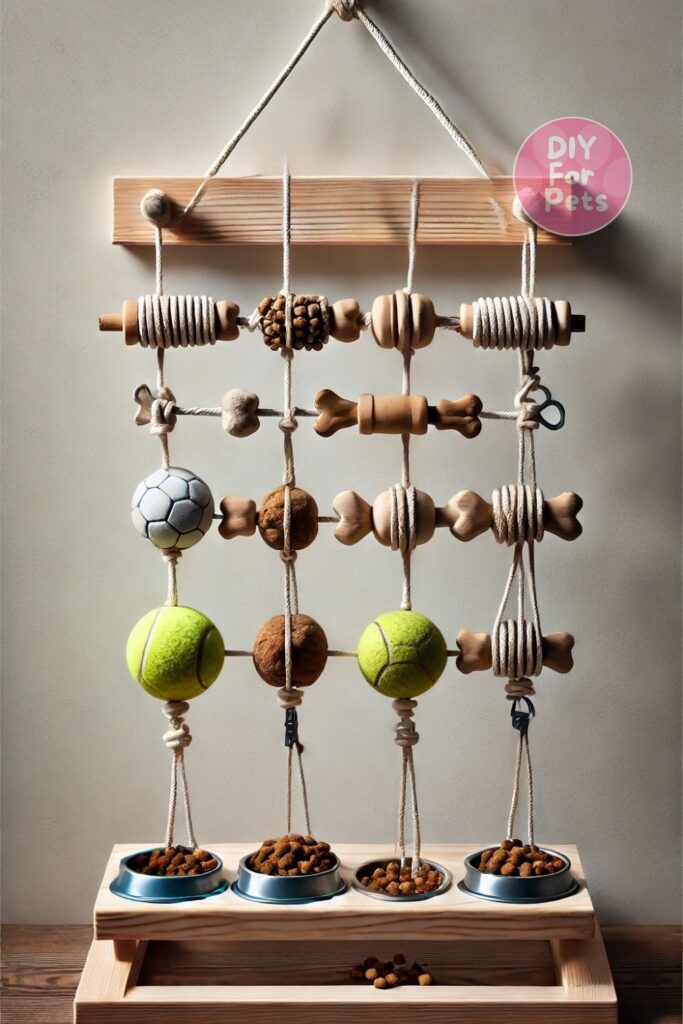
7. Recycled Pallet Feeder
If you have access to old pallets, you can create a sturdy and eco-friendly dog feeder. Cut the pallet to size, sand it down to remove any rough edges, and cut holes for your dog’s bowls. Mount the pallet on a frame or attach legs for elevation, and voila—you’ve got a rustic yet functional feeder.
This is a great option for larger dogs who need an elevated feeder. The cost is very low, especially if you already have pallets on hand, making it a great budget-friendly project.
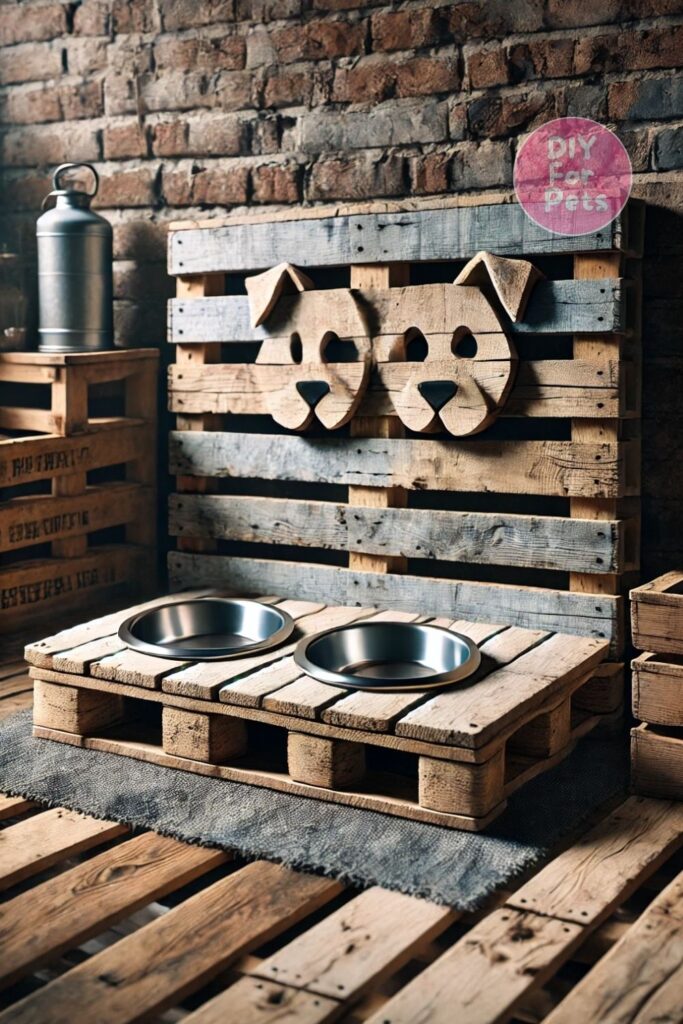
8. Puzzle Feeder Board
For dogs that need mental stimulation during meals, a puzzle feeder board is a great DIY option. Create a board using wood or plastic, and attach various obstacles like small containers, pegs, or toys. Place the kibble around the obstacles so your dog has to work to find and eat their food.
This feeder keeps your dog mentally engaged and slows down their eating. It’s a fun, interactive option, and the cost is around $5–$10, depending on the materials you use.

9. Double-Bowl Stand
A double-bowl stand is a simple and effective solution for keeping food and water together. Start by cutting a piece of wood to the right size, then cut two holes for the bowls. Attach legs to the bottom to elevate the stand. You can customize the stand by painting it or adding your dog’s name.
This feeder keeps everything neat and organized, and the elevated design is great for larger dogs. The cost is around $10–$15, and it’s easy to make with basic tools.
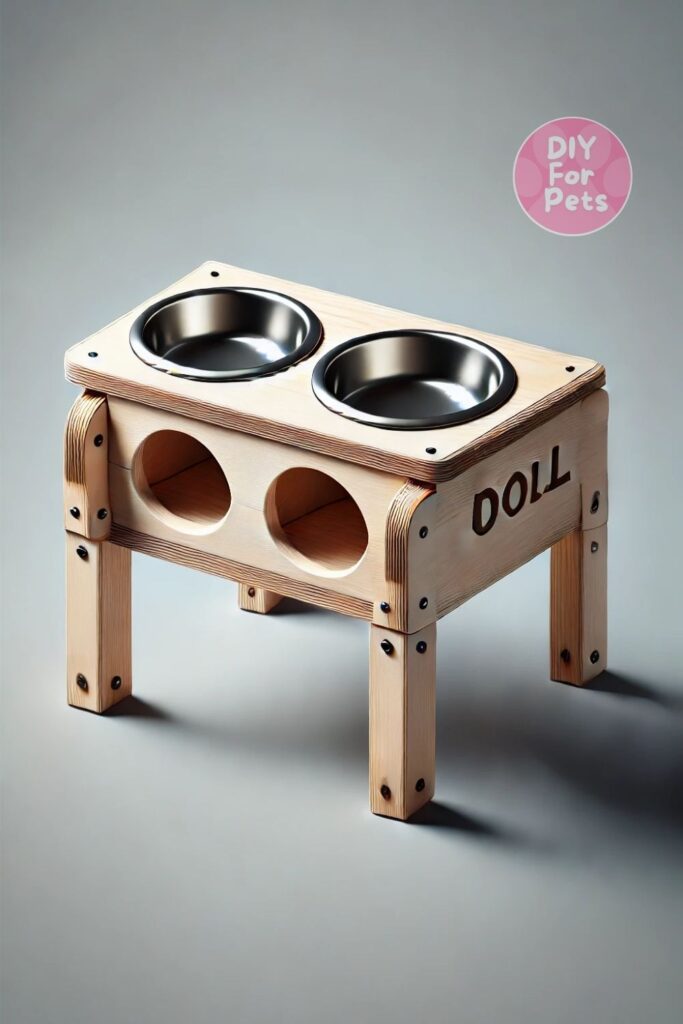
10. Floating Water Feeder
For dogs who spend time outdoors, a floating water feeder is a great DIY project. Use a large plastic container and float a smaller bowl inside it. As your dog drinks, the bowl will sink and refill itself with water from the larger container.
This feeder is perfect for keeping your dog hydrated outside, especially in hot weather. It’s a creative and practical solution, and the cost is around $5–$8 if you’re using recycled containers.
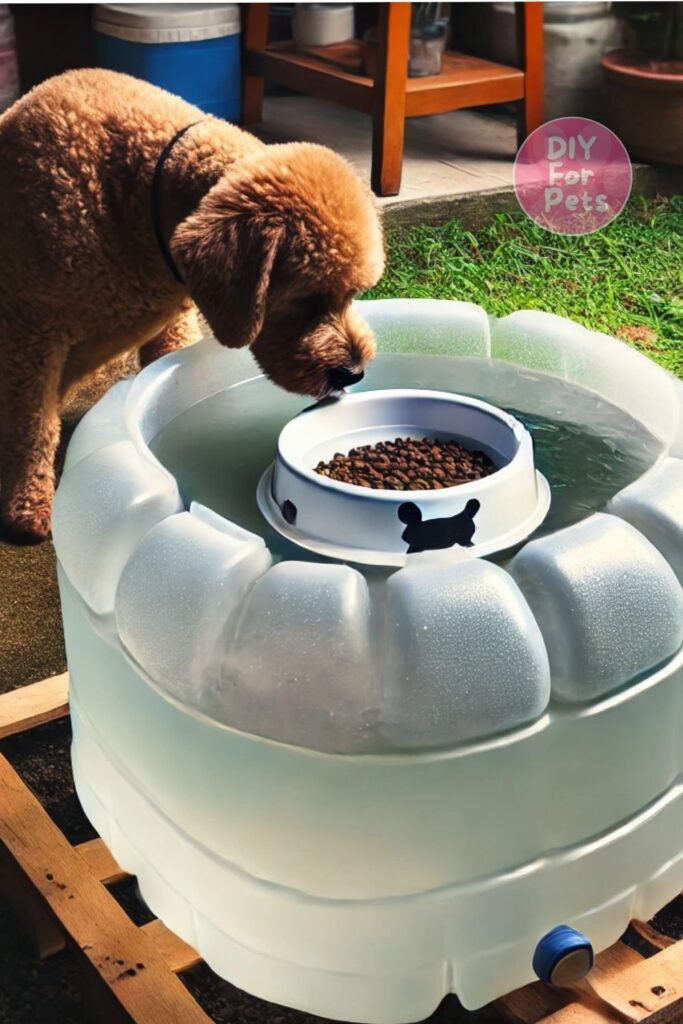
FAQs
1. Are DIY dog feeders safe for all dogs?
Yes, as long as you use sturdy, non-toxic materials and ensure the design is stable, DIY feeders are safe for all dogs. Always supervise your dog when introducing a new feeder to ensure they are comfortable using it.
2. How do I know which feeder height is right for my dog?
Measure your dog from the floor to the top of their shoulder, then subtract about 6 inches. This is a good height for elevated feeders to prevent strain on their neck while eating.
3. Can I use these feeders for other pets like cats or rabbits?
Absolutely! Many of these feeder ideas can be adapted for smaller pets like cats or rabbits by adjusting the size of the bowls and the height of the feeder.
4. How often should I clean my DIY dog feeder?
It’s important to clean your dog’s feeder regularly to prevent bacteria buildup. Clean the bowls daily and wipe down the feeder itself at least once a week, or more often if it gets dirty.
